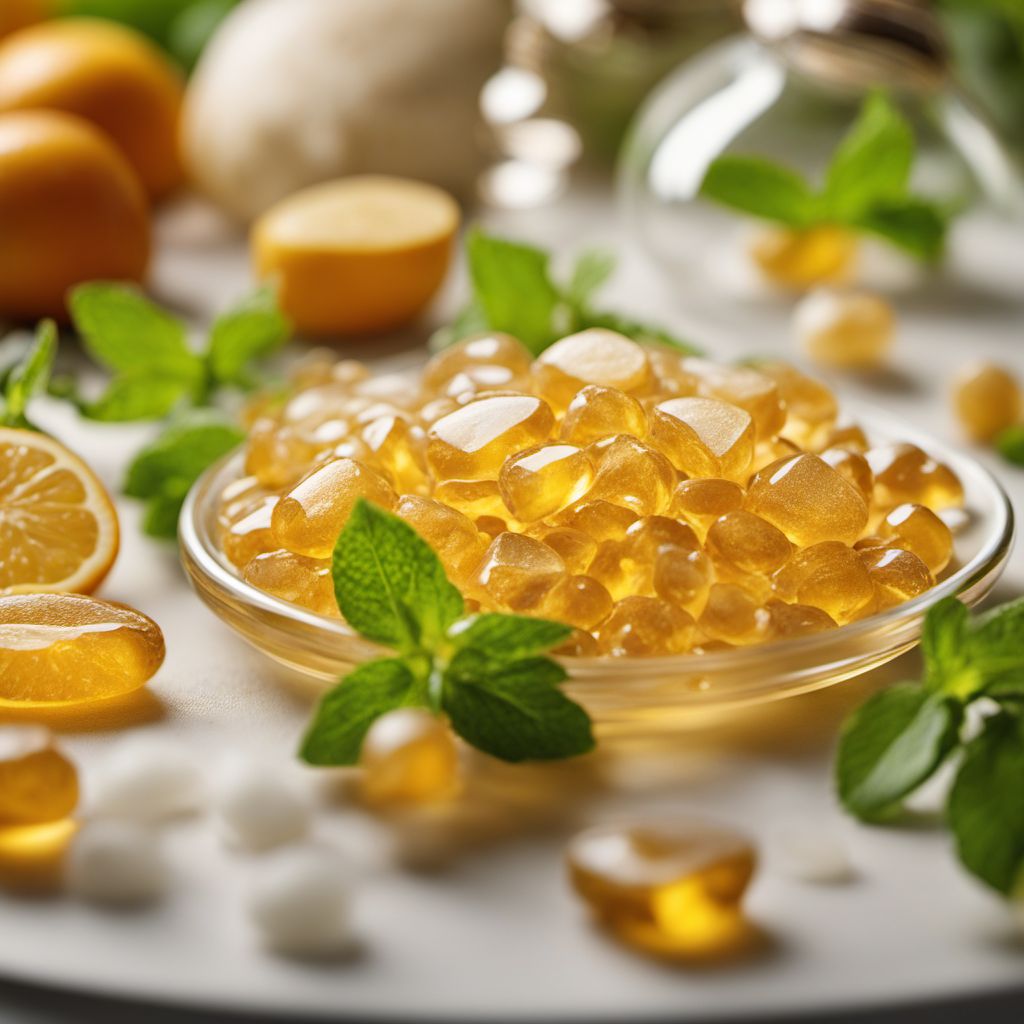
Ingredient
Phytochemicals
The Power of Plant Compounds: Unleashing the Potential of Phytochemicals
Phytochemicals are bioactive compounds that give plants their vibrant colors, distinct flavors, and unique aromas. These compounds are not considered essential nutrients, but they have been extensively studied for their potential health-promoting properties. Phytochemicals can be found in a wide variety of plant-based foods, including fruits, vegetables, whole grains, legumes, herbs, and spices. They are known for their antioxidant, anti-inflammatory, and anti-cancer properties, and have been linked to reducing the risk of chronic diseases such as heart disease, diabetes, and certain types of cancer. Phytochemicals also play a role in supporting the immune system, promoting healthy digestion, and maintaining optimal cellular function. With their diverse range of compounds, phytochemicals contribute to the overall nutritional value of plant-based diets.
Origins and history
The use of phytochemical-rich plants for medicinal purposes dates back thousands of years, with ancient civilizations recognizing the healing properties of certain plants. Traditional medicine systems, such as Ayurveda and Traditional Chinese Medicine, have long utilized plants containing phytochemicals to treat various ailments. Over time, scientific research has shed light on the specific compounds responsible for these health benefits. Today, phytochemicals continue to be an area of active research, with ongoing studies exploring their potential applications in disease prevention and treatment.
Nutritional information
Phytochemicals are not considered essential nutrients and do not provide calories or macronutrients. However, they offer a wide array of health benefits, including antioxidant and anti-inflammatory effects, which contribute to overall well-being.
Allergens
Phytochemicals themselves are not known allergens. However, some individuals may have allergies or sensitivities to specific plants that contain phytochemicals, such as pollen allergies or reactions to certain fruits or vegetables.
How to select
When selecting phytochemical-rich foods, opt for fresh, vibrant produce that is free from bruises or signs of decay. Choose organic options when possible to minimize exposure to pesticides. Look for fruits and vegetables that are in season, as they are likely to have higher levels of phytochemicals.
Storage recommendations
To maintain the freshness and quality of phytochemical-rich foods, store them properly. Most fruits and vegetables should be stored in the refrigerator, while herbs and spices can be kept in a cool, dry place. It is important to store them in airtight containers or bags to prevent moisture loss and maintain their phytochemical content.
How to produce
While it is not possible to produce phytochemicals themselves, individuals can grow their own fruits, vegetables, herbs, and spices to ensure a fresh and abundant supply of phytochemical-rich foods. This can be done through home gardening or participating in community gardens.
Preparation tips
To maximize the benefits of phytochemicals, it is best to consume plant-based foods in their raw or lightly cooked form. Overcooking can lead to nutrient loss, including phytochemicals. Incorporate a variety of colorful fruits and vegetables into your diet to ensure a diverse intake of phytochemicals. Pairing certain foods together, such as tomatoes and olive oil, can enhance the absorption of phytochemicals.
Culinary uses
Phytochemical-rich foods are commonly used in a variety of culinary applications. Fruits and vegetables can be enjoyed raw in salads, smoothies, or as snacks. They can also be cooked in stir-fries, soups, stews, or roasted for added flavor and texture. Herbs and spices containing phytochemicals are used to season and enhance the taste of dishes, adding depth and complexity to various cuisines.
Availability
Phytochemical-rich foods are widely available in most regions and countries, as they are a fundamental part of a plant-based diet. However, the specific varieties and seasonal availability may vary depending on the location.


